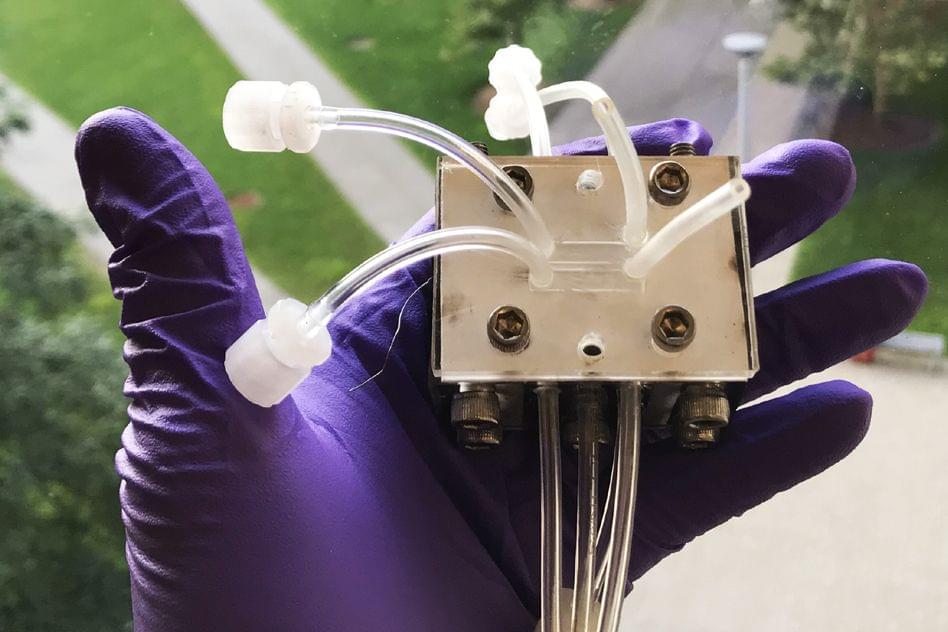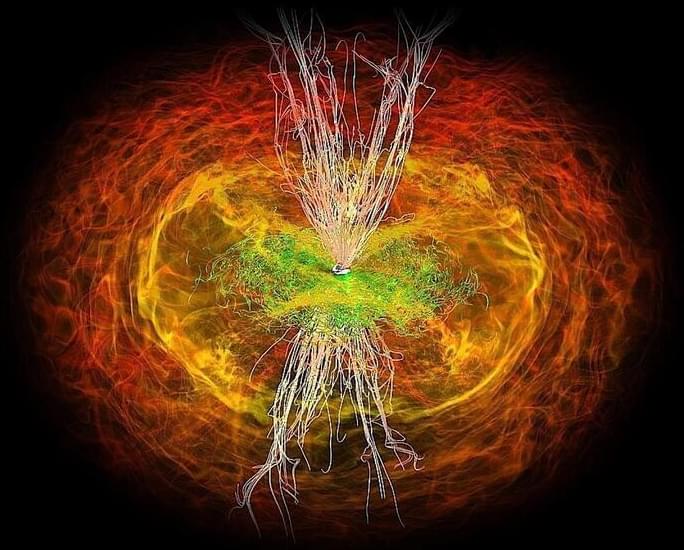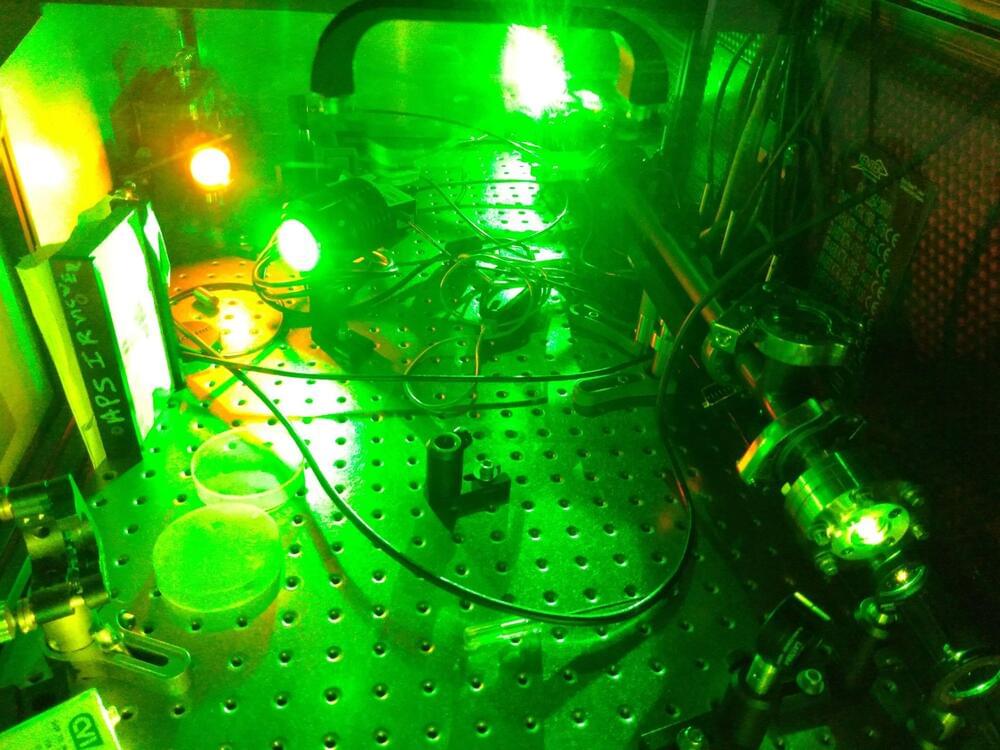Is the Head, Nuclear Safety Office, overseeing the development of the DEMO Fusion Reactor (https://euro-fusion.org/programme/demo/), at EUROfusion.
DEMO (DEMOnstration Power Plant) refers to a proposed class of nuclear fusion experimental reactors that are intended to demonstrate the net production of electric power from nuclear fusion.
EUROfusion is a consortium of national fusion research institutes located in the European Union, the UK, Switzerland and Ukraine. It was established in 2014 to succeed the European Fusion Development Agreement (EFDA) as the umbrella organization of Europe’s fusion research laboratories.
Prior to this role, Ms. Elbez-Uzan spent over a decade at the ITER Organization as Head of the Division of Nuclear Safety.
ITER (the International Thermonuclear Experimental Reactor) is being built in southern France where upon completion of construction of the main reactor and first plasma, planned for late 2028, it will be the world’s largest magnetic confinement plasma physics experiment and the largest experimental tokamak nuclear fusion reactor.
Prior to this role, Ms. Elbez-Uzan spent several years as Deputy Head of the Nuclear Safety Department, at the French Alternative Energies and Atomic Energy Commission (CEA), a key player in research, development and innovation in four main areas: defense and security, low carbon energies (nuclear and renewable energies), technological research for industry, and fundamental research in the physical sciences and life sciences.



